calsfoundation@cals.org
Nathan (Pike County)
Nathan (Pike County) is a small community founded in the mid-1800s. Although it began as a farming community, by the early 1900s, its economy was driven by the numerous logging operations established in the area. In the twenty-first century, the residential community stretches along Gum Tree Road approximately a half mile off of State Highway 369 in western Pike County near the Howard County border.
Several families settled in the area by the 1830s, the most significant to the town’s development being that of Pleasant White. While White is reported to have settled in 1829, no land grant document is found before 1855. More evidence confirming his settlement is the burial of his eldest infant child, Anthony, in the area cemetery in 1849.
While families continued to move into the area over the decades, the town was not firmly established until the early 1880s. The White family was the driving force in the business development of the town. Pleasant White’s son Jorde opened the first store in 1885. The town derived its name from the post office that was opened on February 6, 1885. It was named for Pleasant White’s son-in-law, Nathan Lee Jones. James Gunn was the first postmaster. By 1885, the business sector of the town consisted of Pleasant White’s cotton gin, sawmill, and grist mill, as well as his son’s store.
The first church established in the area was the Mount Zion Methodist Church, founded in 1868. It ceased services in 1888 with the establishment of the Briggs Chapel Methodist Church just east of town. Many citizens of the town attended the Sweet Home Baptist Church, which was established in the area in 1881. Pleasant White and friends established the Church of Christ in 1885.
Local children were educated at the Academy School established two miles east of Nathan in 1888. The school grew, and a new brick building was constructed in 1931. After years of declining enrollment, a statewide consolidation movement saw Nathan District No. 4 consolidated with the Murfreesboro (Pike County) school system in 1949.
A 1908 storm had a major effect upon the small town. After the storm leveled much of the area timber, the Ozan Lumber Company moved its operation into the area and began the clear-cutting of the trees. Several logging camps provided employment for longtime residents, and many new settlers were attracted by potential jobs.
By 1910, the town had grown to include three stores and two cotton gins. It was not uncommon to see up to thirty wagons loaded with cotton lined up at the gins. Just a year before, a telephone exchange had been installed.
The town had reached its peak by 1920. With much of the timber cut out and the decline of the cotton market by the mid-1920s, the community began to diminish. The post office was closed in 1932. Better roads made it easier for young people to seek employment elsewhere. A once prosperous business sector began to close. By the late 1970s, the population had declined to about twenty-five people. Only a few people reside in the area in the twenty-first century.
For additional information:
Early History of Pike County, Arkansas: The First Hundred Years. Murfreesboro, AR: Pike County Archives and History Society, 1989.
Pike County Arkansas: A Look at the Past. Murfreesboro, AR: Pike County Archives and History Society, 1995.
Mike Polston
CALS Encyclopedia of Arkansas
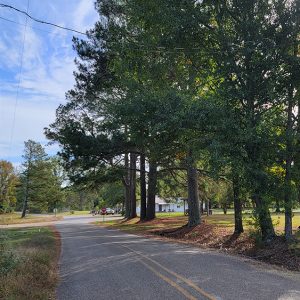 Entering Nathan
Entering Nathan 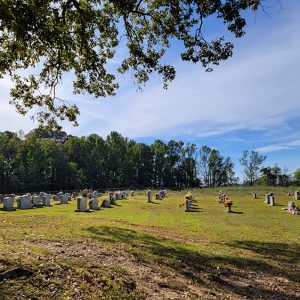 Nathan Cemetery
Nathan Cemetery 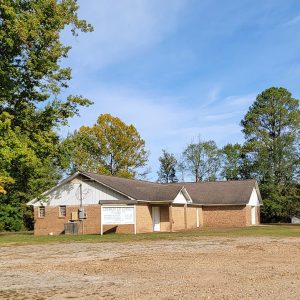 Nathan Church
Nathan Church 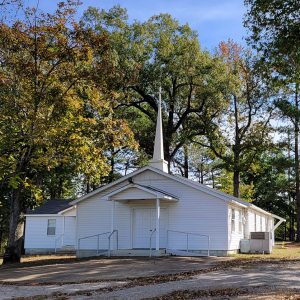 Nathan Church
Nathan Church 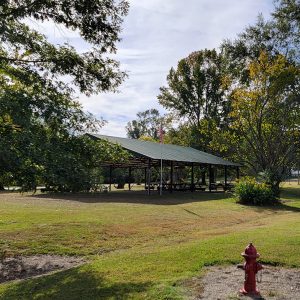 Nathan Pavilion
Nathan Pavilion 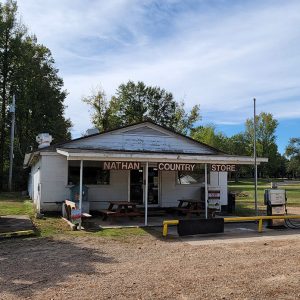 Nathan Store
Nathan Store 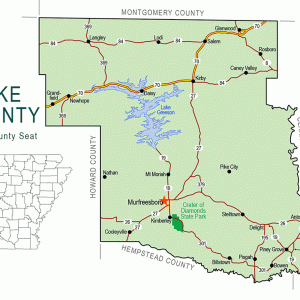 Pike County Map
Pike County Map 



Comments
No comments on this entry yet.